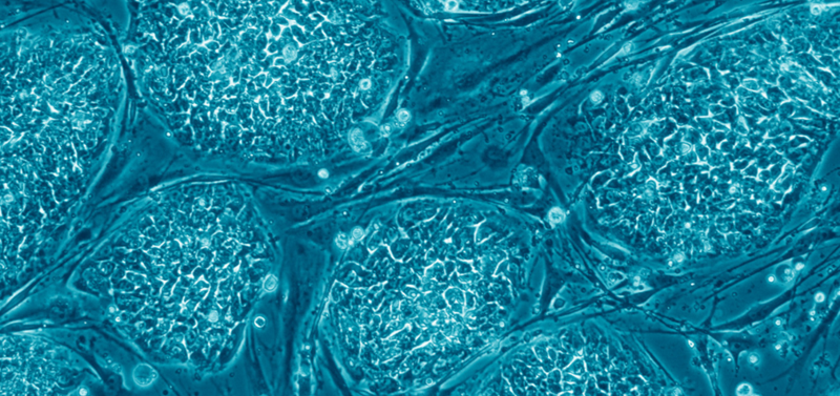PARKINSON'S DISEASE
Alpha synuclein is a very small protein that is normally found inside neurons. Neurons are the cells of the brain that transmit electrical signals between themselves to make a network. The signal jumps between neurons across a gap called a synapse by using a chemical called a neurotransmitter. Alpha synuclein is used to release this neurotransmitter at the synapse, allowing the signal to continue. In Parkinson's and other related disorders, alpha synuclein is no longer found at the synapse but instead sticks to itself forming an aggregated clump. Eventually, these neurons with aggregates die and the network fails. This network is involved in the control of movement, which gives rise to the signs of Parkinson's disease.
ALZHEIMER'S DISEASE & FRONTOTEMPORAL DEMENTIA
Tau is a protein that is normally found inside neurons. Neurons are of a highly unusual shape, with long arms stretching away from the centre of the cell. To maintain this shape, they use a microscopic skeleton made of proteins rather than bones. This skeleton is stabilised by the protein tau. But in Frontotemporal dementia and Alzheimer's disease, this protein detaches and sticks to itself in an aggregated clump. Neurons with aggregates eventually die and their loss in networks used to store memory gives rise to the signs of Alzheimer's, and loss in networks used to define personality and behaviour gives rise to Frontotemporal dementia.
RESEARCH STRATEGY
The Spillantini lab performs fundamental scientific research rather than clinical practice. We operate in 'wet-labs' where we perform experiments, grow cells, and analyze data. We design experiments to answer specific questions related to the biology of neurodegenerative disease. These are usually performed on simple and therefore clearly defined environments such as cells grown in a dish or test tubes. From here, we build our understanding of the pathways involved in disease so we can evaluate the disease process as a whole. Once we fully understand a pathway, we are able to test drugs and therapies designed to reduce symptoms or cure disease.
THE HUMAN BRAIN
Human tissue banking is vitally important to research into the underlying causes of disease. The brain is protected by the skull and any invasive investigation or biopsy risks irreparable brain damage. As such researchers often turn to brain banks, which are donation centres for scientific research. After a patient dies with dementia, they can donate their brain to a brain bank so it can be studied and aid future understanding of the disease and how to treat it. Human brain banks are distributed across the country and we would encourage anyone diagnosed with a neurodegenerative disease and especially healthy people to donate their brain to research after their death.
NEURONS GROWN FROM STEM CELLS
Stem cells are cells in our bodies that reproduce throughout our lives to replace lost cells. Since all cells stem from them they are very useful to researchers trying to grow difficult cells like neurons. In the past, stem cells have been isolated from early embryos but modern techniques re-program skin cells into stem cells; these are called 'Induced Purlipotent Stem Cells' or iPSCs. We use iPSCs to grow neurons and astrocytes, and study how changes seen in disease might kill these cells in a dish.

